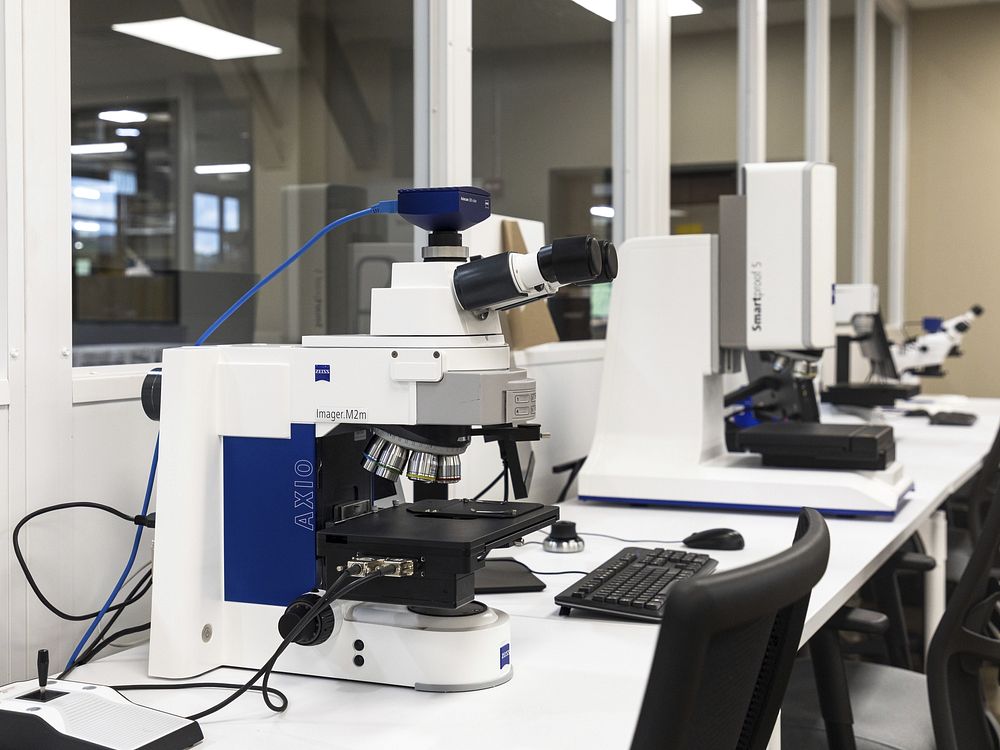Now Reading: The Battered Baby Syndrome
-
01
The Battered Baby Syndrome
The Battered Baby Syndrome
The battered baby syndrome is a term used to define a clinical condition in young children usually under three years of age, who have received non-accidental violence or injury on one or more occasions, at the hands of an adult in a position of trust, generally parent, guardian, or foster parent. In addition to physical injury, there may be deprivation of nutrition, care, and affection in circumstances that indicate that such deprivation is not accidental.
The syndrome must be considered in any child:
- In whom the degree and type of injury is at variance with the history given;
- When injuries of different ages and in different stages of healing are found;
- When there is a purposeful delay in seeking medical attention despite serious injury;
- Who exhibits evidence of fracture of any bone, subdural haematoma, failure to thrive, soft tissue swelling or skin bruising;
- Who dies suddenly;
Injuries are commonly multiple, although all are not necessarily severe. They usually follow a pattern, with one or more severe localised bruises on the head, quite inconsistent with a simple fall, or bruises on face, trunk, and extremities consistent with grip marks. Tearing of the frenum of upper lip and of the alveolar margin of the gums to stiffle cries is commonly encountered.
Major injuries which prove fatal include head injuries, eg. fractured skull and subdural haematoma, or visceral injuries eg. ruptured liver and mesenteric hemorrhage. Clinical or radiological evidence may be obtained that injuries have occurred at different times.
In the Eastern culture, babies are considered as gift from God, and cases of battered baby syndrome are normally not seen.
AUTOPSY
The history may be completely misleading as to the circumstances surrounding death. The external and internal examination should be very thorough and supported by photographs, x-rays, microscopic sections of all pertinent lesions and toxicological analysis. Photographs should include views of the entire body showing the distribution of injuries and close up views showing their details. Colour photographs will show difference in age between the various bruises.
EXTERNAL EXAMINATION
Clothing should be examined for the degree of its cleanliness and state of repair. Weight, height, appropriate circumferences and state of nutrition should be noted. The state of nutrition is assessed by the subcutaneous fatty depots, degree of diaper rash and its sequelae search as infections, scarring or loss of pigmentation. Special note should be made of any evidence of insect infestation including fresh bites or secondary infection in more recent bites.
The external examination should also record any instance of suspected trauma, either remote or recent, noting in precise detail, size, shape, location, colour and the degree of healing. Asymmetry of head or extremities, tearing of the frenum of upper lip, burn scar, swelling of joints, and congenital deformities should be specially looked for. Careful search should be made over the exterior of the body for any type of trace evidence that may afford a clue to the actual assailant or the nature of the weapon used.
X-raying of the whole body is essential to reveal skeletal changes. If subtle changes are noted, another x-ray following the removal of the organs maybe more revealing.
A certain minimum number of photographs are essential, regarding:
- the child in its clothing
- all external injuries
- injuries and abnormalities found during examination.
INTERNAL EXAMINATION
Head: Skull fractures must be described, both before and after removal of skull cap, with special reference to their location, shape and extent. Such fractures are usually caused by striking with the side of the hand. Any haemorrhage, eg, extradural, subdural or subarachnoid should be noted and carefully described as regards position in relation to fractures, amount, color and adhesiveness. Microscopic section of subdural haematoma including adjacent normal dura is useful for dating of lesions. Careful differentiation between coup and contre coup lesions will help to determine if the injury resulted from a moving head striking a fixed object or a moving object striking a fixed head.
Neck: The neck should be dissected as per special technique already described. Any obstruction or lesion of the airway should be noted. Injuries to the hyoid, cartilages of the thyroid and soft tissues are looked for.
Chest and abdomen: The important lessons to look for and fractures of ribs and vertebral bodies, and ruptured viscera due to blunt injuries. Localised fractures of ribs are due to impact with a blunt object and multiple fractures are generally due to compression. The viscera that commonly rupture are mainly central and include duodenojejunal junction, pancreas, and liver. Microscopic study of all fracture sites and organs is essential to assist dating of episodes of trauma.
Extremities: Any is symmetry of the arms or legs indicate fracture or deep hemorrhage. Deep incisions are necessary for adequate examination to show damage to soft tissues, extent of hemorrhage, and deep scarring which is evidence of prolonged maltreatment. Incision of soles of feet may reveal unsuspected hematomas.
After the autopsy is over, it is advisable to have a re-check for injuries when some obscure injuries and imprint of wounds caused by grip marks may be observed.
LABORATORY DATA
Routine histological examination should be conducted of every organ system to rule out the possibility of underlying, obscure, constitutional, debilitating disease which might lead to progressive wasting.
Bacteriological cultures (blood, lung, cerebrospinal fluid) are necessary when infectious disease is suspected as a cause or contributory factor of death.
Adequate specimens should be taken for routine toxicological analysis. In addition, role of lead as a primary or contributing factor in the death of these children should be ruled out. Lead poisoning may occur in children from eating paints on cribs, beds or toys.
Only when all facts concerning the circumstances are available, and the autopsy is complete, it is possible to give an opinion on the cause and manner of death.
Authors:
Navin Kumar Jaggi
Aashna Suri








